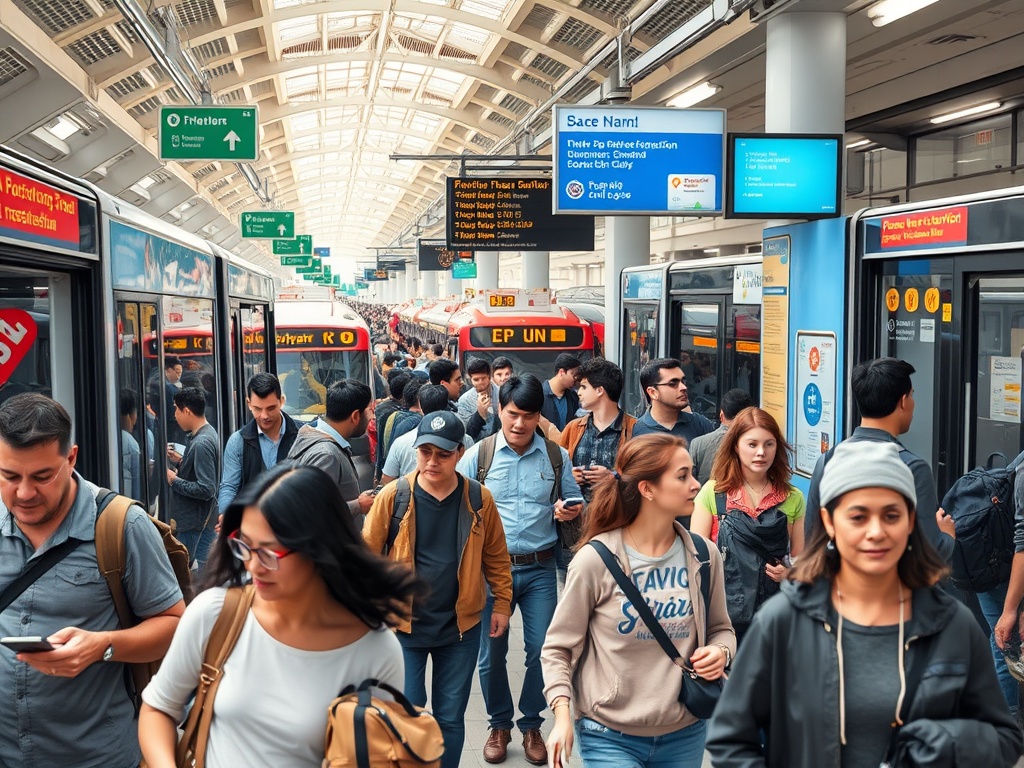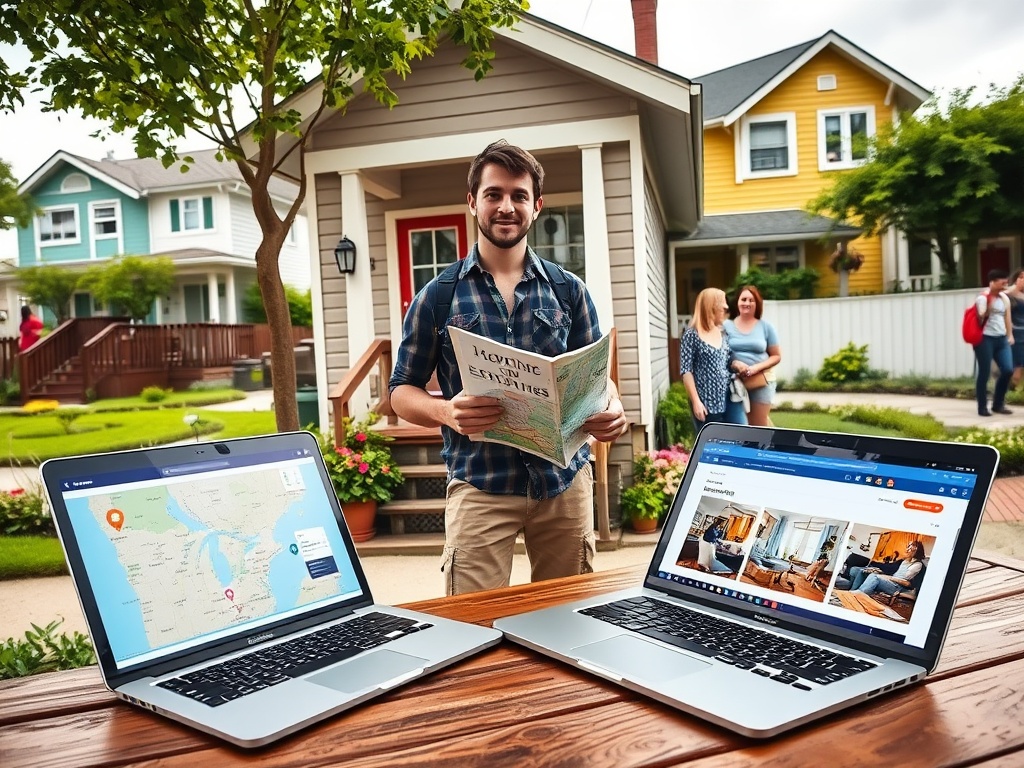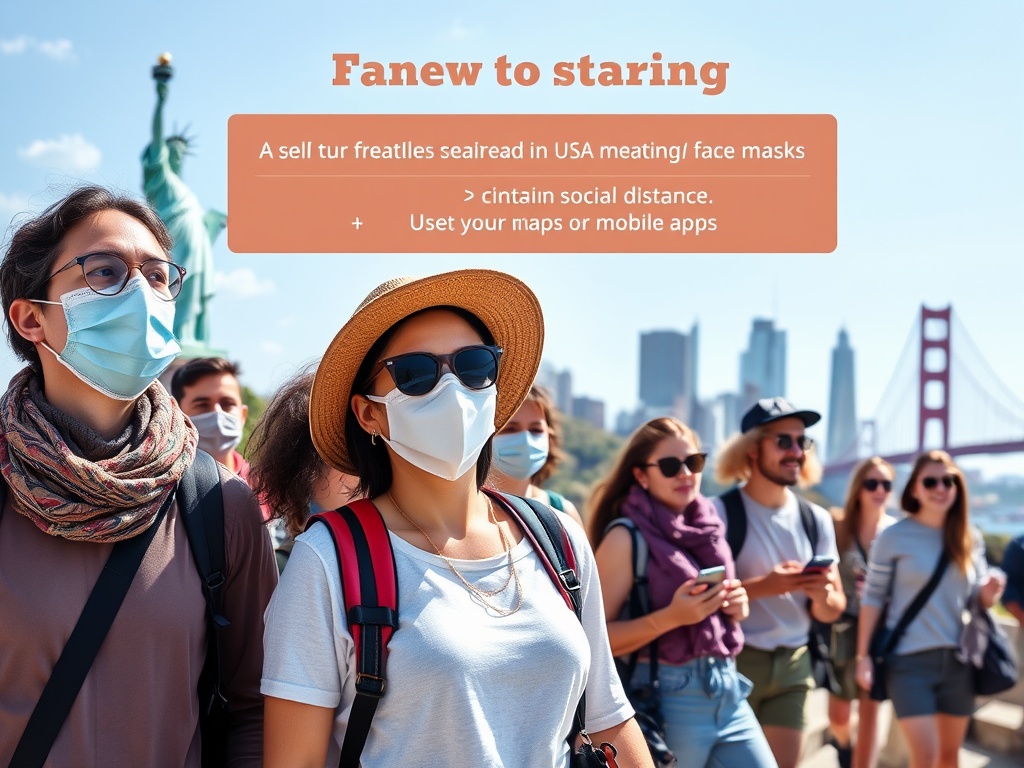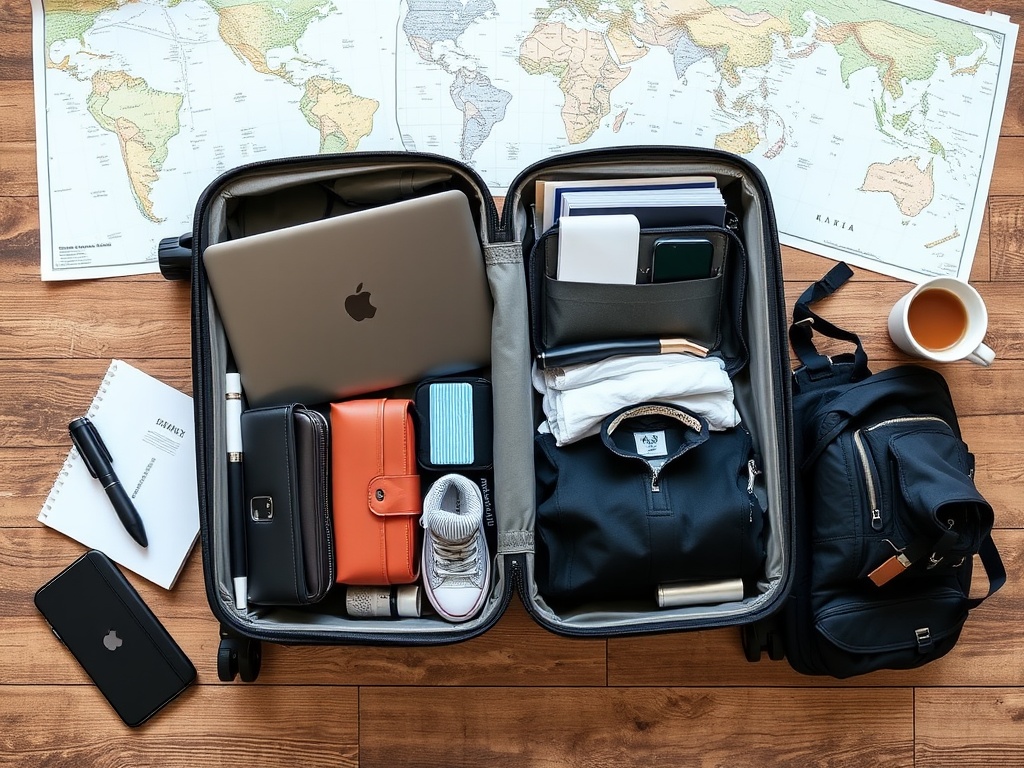Mastering the Maze: Understanding the Public Transportation System in Major U.S. Cities
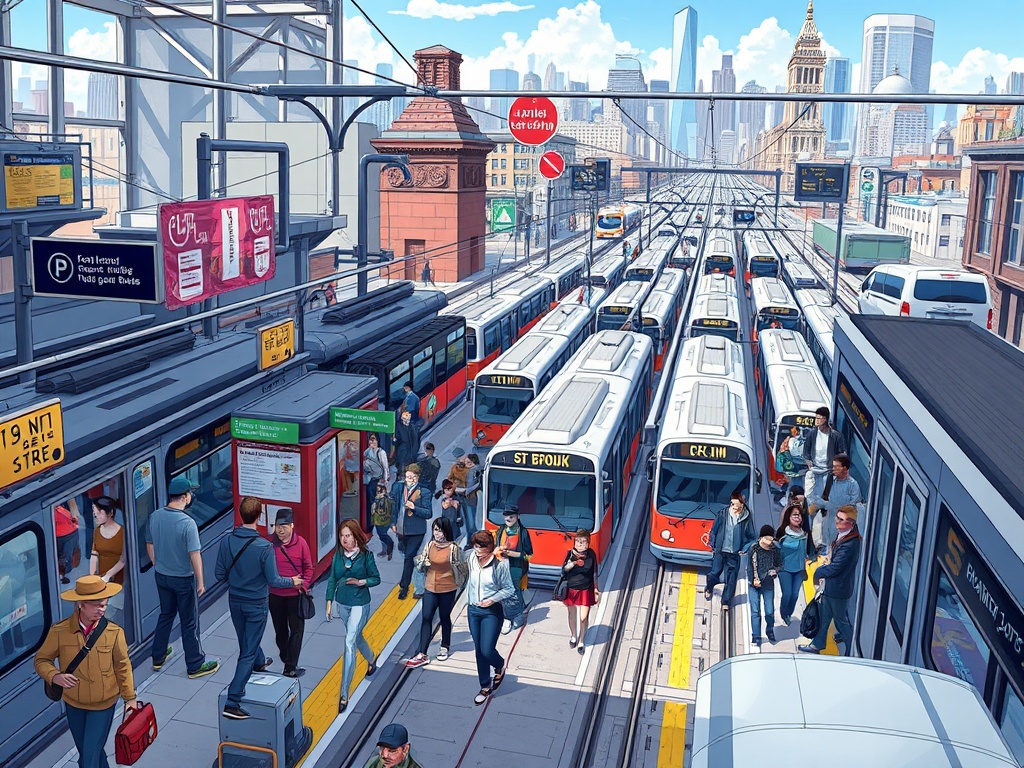
Public transportation in the United States can often feel like a complex puzzle, with various systems, routes, and schedules that differ from city to city. Whether you are a tourist exploring a new city or a resident commuting to work, understanding the intricacies of public transit is essential for navigating efficiently. This guide will help you decode the public transit puzzle, making your travel experiences smoother and more enjoyable.
Each major city in the U.S. has its own public transportation system, tailored to the needs of its residents and visitors. From buses to subways, and trams to ferries, the options are vast and varied. Below is a comparison of the public transportation systems in some of the largest cities:
| City | System Type | Average Fare | Unique Features |
|---|---|---|---|
| New York City | Subway, Bus | $2.75 | 24/7 service, extensive network |
| San Francisco | BART, Muni | $3.00 | Iconic cable cars, scenic views |
| Chicago | CTA (Train, Bus) | $2.50 | Historic “L” train, diverse routes |
| Washington D.C. | Metrorail, Metrobus | $2.00 | Access to major landmarks, clean stations |
Understanding the rules and etiquette of public transportation is just as important as knowing how to navigate the system. Here are some essential tips to help you master transit etiquette:
- Be On Time: Arrive a few minutes early to ensure you don’t miss your ride.
- Know Your Route: Familiarize yourself with maps and schedules in advance.
- Give Up Your Seat: Offer your seat to elderly passengers, pregnant women, or those with disabilities.
- Keep Noise Levels Down: Use headphones for music and keep conversations quiet.
- Respect Personal Space: Stand clear of doors and maintain a comfortable distance from others.
Essential Tips for First-Time Riders: Navigating Buses, Subways, and Trains
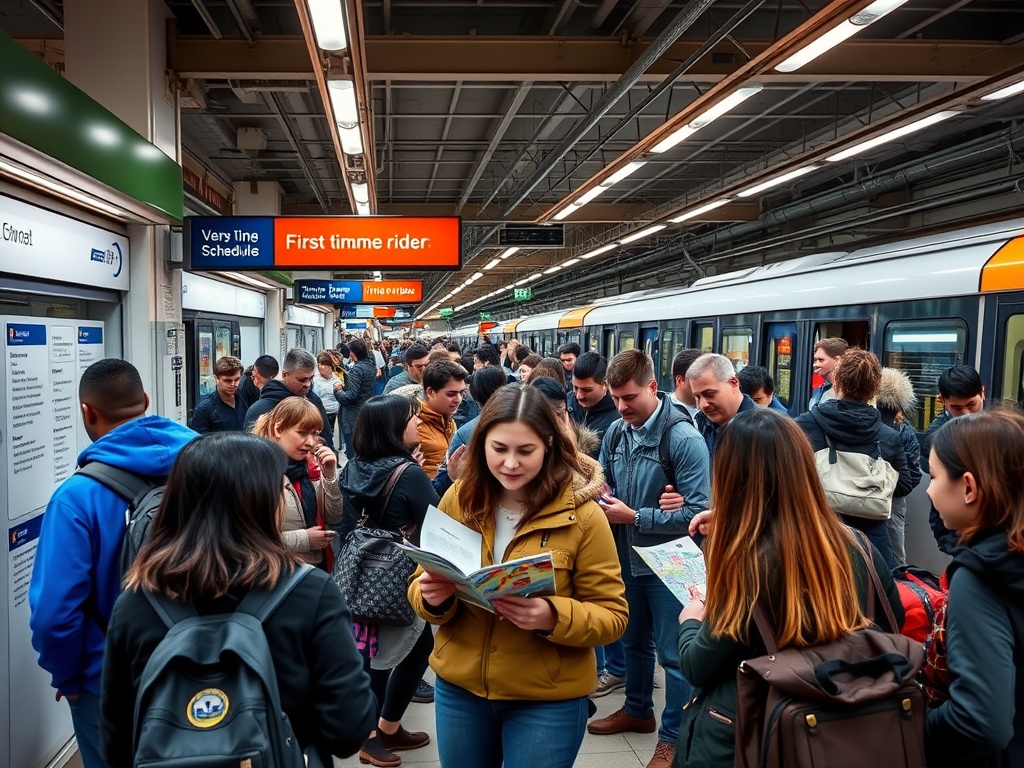
For many first-time riders, public transportation can be an intimidating experience filled with uncertainty and potential pitfalls. However, understanding the fundamental aspects of buses, subways, and trains can transform your journey into an engaging and efficient adventure. With the right knowledge in hand, you can seamlessly transition from being a novice to a confident traveler. Remember, each mode of transport offers its unique charm and efficiency, making it a necessary part of urban exploration.
Before stepping onto a bus, train, or subway, it’s crucial to familiarize yourself with how these systems operate. Each city has its own method of fare collection, route mapping, and operational hours. In most cases, purchasing a transit card or ticket is your first step. This could mean swiping at a kiosk or showing a mobile ticket upon boarding. Additionally, pay attention to route signs and announcements—these can provide real-time information about stops and potential delays. Taking the time to study the map can significantly enhance your experience, as it allows you to plan your journey and identify transfer points without stress.
When it comes to utilizing public transportation efficiently, there are some key strategies to keep in mind. For instance, always aim to arrive early at your designated stop, as schedules can fluctuate. Don’t hesitate to ask for help—most transit systems have staff or fellow passengers who can provide guidance. It’s also wise to keep your belongings secure and be aware of your surroundings, especially during peak hours when vehicles can get crowded. Learning the local customs, such as waiting for passengers to disembark before boarding, can also enhance your transit experience. Finally, be patient and remain calm; navigating public transportation is a skill that improves with practice.
Budget-Friendly Travel: How to Save Money While Using Public Transit
Exploring the bustling cities of the USA doesn’t have to break the bank. Public transportation offers an economical way to traverse urban landscapes while providing access to a plethora of attractions and experiences. Whether you’re commuting to work or embarking on a sightseeing adventure, there are several strategies to ensure that your travel remains budget-friendly. Below, we will explore various methods to save money while using public transit, making your journey both enjoyable and cost-effective.
Many cities offer day passes or multi-ride tickets that significantly reduce the cost per trip compared to individual fares. It’s wise to check if your destination has any special discounts for students, seniors, or low-income individuals. By taking advantage of these passes, you can maximize your travel while minimizing expenses.
Traveling during off-peak hours can lead to savings, as some transit systems may offer lower fares during these times. Additionally, avoiding rush hour not only offers a more comfortable ride but also helps you sidestep crowded conditions that can lead to additional costs, such as needing to take a taxi or rideshare service if the buses or trains are too packed.
Planning your route carefully can save both time and money. Utilize mobile apps and websites that provide real-time data on transit schedules and delays. By mapping out your journey using the most efficient routes, you can avoid unnecessary transfers and long wait times, ultimately saving you time and money. Below is a list of practical tips to help you save while navigating public transit:
- Research Local Transit Options: Familiarize yourself with all available transit modes in your city, including buses, subways, and ferries.
- Look for Free Transfers: Some systems allow free transfers between different modes of transport, enabling you to save on additional fares.
- Pack Light: Carrying heavy bags can lead to discomfort and may result in needing to use alternative, more expensive transport options.
- Share Rides: If you’re traveling with others, consider using shared transit options or pooling rides for extra savings.
- Engage with Local Communities: Join local social media groups or forums where you can learn about insider tips on saving money while commuting.
By implementing these strategies, you can navigate public transportation across the U.S. without straining your wallet. Remember, smart travel planning is the key to enjoying all that urban settings have to offer without overspending.
Safety First: Best Practices for Staying Secure on Public Transportation
While public transportation can be a fantastic way to explore the vibrant cities of the USA, it is essential to prioritize your safety as you navigate through various transit systems. One of the best practices to ensure a secure journey is to remain aware of your surroundings. This means being mindful of the people around you and the environment you are in. If something feels off, trust your instincts and consider moving to a different area or vehicle. As a rule of thumb, always position yourself within sight of the driver or transit staff, as this can enhance your sense of security.
Another critical aspect of safety in public transportation involves securing your belongings. Keep your bags zipped and close to your body, preferably in front of you. When traveling on crowded buses or subways, use a crossbody bag instead of a backpack, as this allows for better control and visibility. Additionally, avoid displaying valuable items such as expensive electronics or large amounts of cash, as this can attract unwanted attention. Be vigilant when boarding or disembarking, ensuring that you gather your belongings before moving to a new location.
Engaging with fellow passengers can also enhance your safety experience. If you encounter any suspicious behavior or feel uncomfortable, don’t hesitate to communicate with others. Most transit systems have staff members or security personnel on-site who are trained to assist passengers. Creating a network of awareness among fellow travelers can foster a sense of community and safety, ensuring that everyone remains vigilant. Additionally, it is beneficial to have emergency contacts readily accessible in case an unexpected situation arises.
Tech-Savvy Travel: Utilizing Apps and Tools for Seamless Navigation
In today’s digital age, technology plays a pivotal role in simplifying travel, especially when navigating the complexities of public transportation in the USA. With the proliferation of mobile applications and online resources, travelers can now access real-time information, plan their routes efficiently, and enhance their overall transit experience. This section will explore the essential tools and apps that can turn any public transport journey into a smooth and enjoyable adventure.
There are numerous apps tailored to assist travelers in mastering public transit systems across various cities. From route planners to fare calculators, these applications are designed to be user-friendly and informative. Here’s a selection of popular apps that every public transport user should consider:
- Google Maps: Not just for driving directions, Google Maps provides detailed public transit routes, schedules, and estimated travel times, helping users navigate with ease.
- Transit App: This app offers real-time tracking of buses and trains, allowing users to see when the next vehicle will arrive at their stop.
- City-Specific Transit Apps: Many cities have their own dedicated transit apps, like MTA for New York City or CTA for Chicago, providing localized information and alerts.
- Uber and Lyft: While primarily rideshare services, these apps can serve as excellent alternatives when public transport is less accessible or during late hours.
Leveraging technology goes beyond just downloading apps; it’s about integrating these tools into your travel routine. Here are some strategies to ensure you get the most out of your tech-savvy travel:
- Set Up Notifications: Enable alerts for service disruptions or delays on your preferred transit apps to stay informed before you head out.
- Use Offline Maps: Download maps or route information for offline access, especially in areas with poor reception.
- Explore Payment Options: Many apps allow for mobile payments, making it easier to buy tickets without needing cash or physical cards, streamlining the boarding process.
To help you choose the right app for your needs, here’s a comparative table showcasing features of the most popular transportation apps:
| App Name | Real-Time Tracking | Route Planning | Mobile Payment | City-Specific Features |
|---|---|---|---|---|
| Google Maps | Yes | Yes | No | Yes |
| Transit App | Yes | Yes | Yes | Some Cities |
| MTA App | Yes | Yes | Yes | NYC Only |
| Uber | No | No | Yes | Nationwide |
Cultural Insights: Etiquette and Expectations When Riding Public Transit
Navigating public transportation in the United States is not just about knowing the routes and schedules; it also involves understanding the cultural nuances that govern transit etiquette. Each city has its own set of expectations, deeply rooted in the local culture, which can significantly enhance your commuting experience. Familiarizing yourself with these unwritten rules can help you blend in with fellow passengers and contribute to a more harmonious travel environment.
One of the most critical aspects of riding public transit is the respect for personal space. In crowded buses or trains, it’s essential to maintain a comfortable distance from other passengers, especially in cities known for their hustle and bustle, like New York or Los Angeles. Standing too close can make others uncomfortable, so be mindful of your proximity. Additionally, observing how locals behave can provide valuable insights into the community norms. For instance, in some cities, it is common practice to offer your seat to elderly passengers or those with disabilities, while in others, it’s courteous to wait until everyone has disembarked before boarding. Understanding these nuances not only shows respect but also promotes a sense of camaraderie among commuters.
Public transportation is often a shared space where various forms of communication and noise coexist. As a rider, it’s important to keep noise levels to a minimum. Using headphones for music or videos is a widely accepted practice, ensuring that your entertainment does not disturb fellow passengers. Furthermore, if you find yourself in a conversation, keeping it quiet and concise is appreciated, particularly during peak hours when many are seeking a moment of peace. Additionally, being aware of your surroundings allows for better interactions; a simple smile or nod to fellow passengers can foster a sense of community. In some regions, friendly engagement is welcomed, while in others, maintaining a low profile is preferred. Adjusting your behavior according to the local culture can greatly enhance your transit experience.
The Future of Public Transportation: Innovations and Trends Shaping the Journey
The landscape of public transportation in the United States is rapidly evolving, driven by technological advancements that enhance the commuting experience. Cities across the nation are beginning to implement smart transit solutions—from real-time data tracking to mobile ticketing systems—that empower riders with information at their fingertips. These innovations are not just about convenience; they aim to improve efficiency and reduce wait times, allowing commuters to plan their journeys with unprecedented accuracy. For instance, the integration of GPS technology in public transit vehicles enables users to track their rides in real-time, making it easier to manage schedules and minimize delays.
Moreover, many metropolitan areas are investing in contactless payment systems that streamline the fare collection process. Riders can now use their smartphones or smart cards to pay for fares, eliminating the need for cash and speeding up the boarding process. This shift towards a cashless transit environment is an essential step in modernizing public transport, ensuring that it meets the expectations of today’s tech-savvy population.
As cities grapple with the challenges of urbanization and climate change, there is a growing emphasis on sustainability within public transportation. The future of transit is not only about efficiency but also about environmental responsibility. Many systems are transitioning to electric and hybrid vehicles, reducing their carbon footprint and contributing to cleaner air. For example, cities like Los Angeles and Seattle have begun to electrify their bus fleets, showcasing a commitment to greener alternatives that resonate with eco-conscious travelers.
In addition to vehicle upgrades, public transit agencies are exploring alternative energy sources and innovative infrastructure designs. Some cities are incorporating solar panels in transit stations and utilizing renewable energy to power operations. These initiatives not only promote sustainability but also align with broader community goals regarding climate resilience and energy conservation. The integration of green strategies within public transportation systems is a testament to the industry’s commitment to creating a more sustainable future for urban mobility.
Another trend shaping the future of public transportation is the concept of multi-modal transit systems, which encourage the use of various transportation methods to create a seamless travel experience. This holistic approach recognizes that commuters often rely on a combination of buses, trains, bicycles, and rideshare services to reach their destinations. Cities are beginning to develop integrated transit networks that facilitate connections between different modes, allowing for smoother transitions and enhanced mobility.
For instance, the implementation of mobility-as-a-service (MaaS) platforms is revolutionizing the way people navigate urban environments. These platforms provide users with a comprehensive view of available transportation options and allow for easy planning, booking, and payment—all from a single app. By consolidating multiple modes of transport into one accessible platform, these services simplify the travel experience and encourage more individuals to opt for public transit over personal vehicles. As urban planners and transit authorities continue to invest in multi-modal solutions, the future of public transportation promises to be more interconnected and user-friendly.
